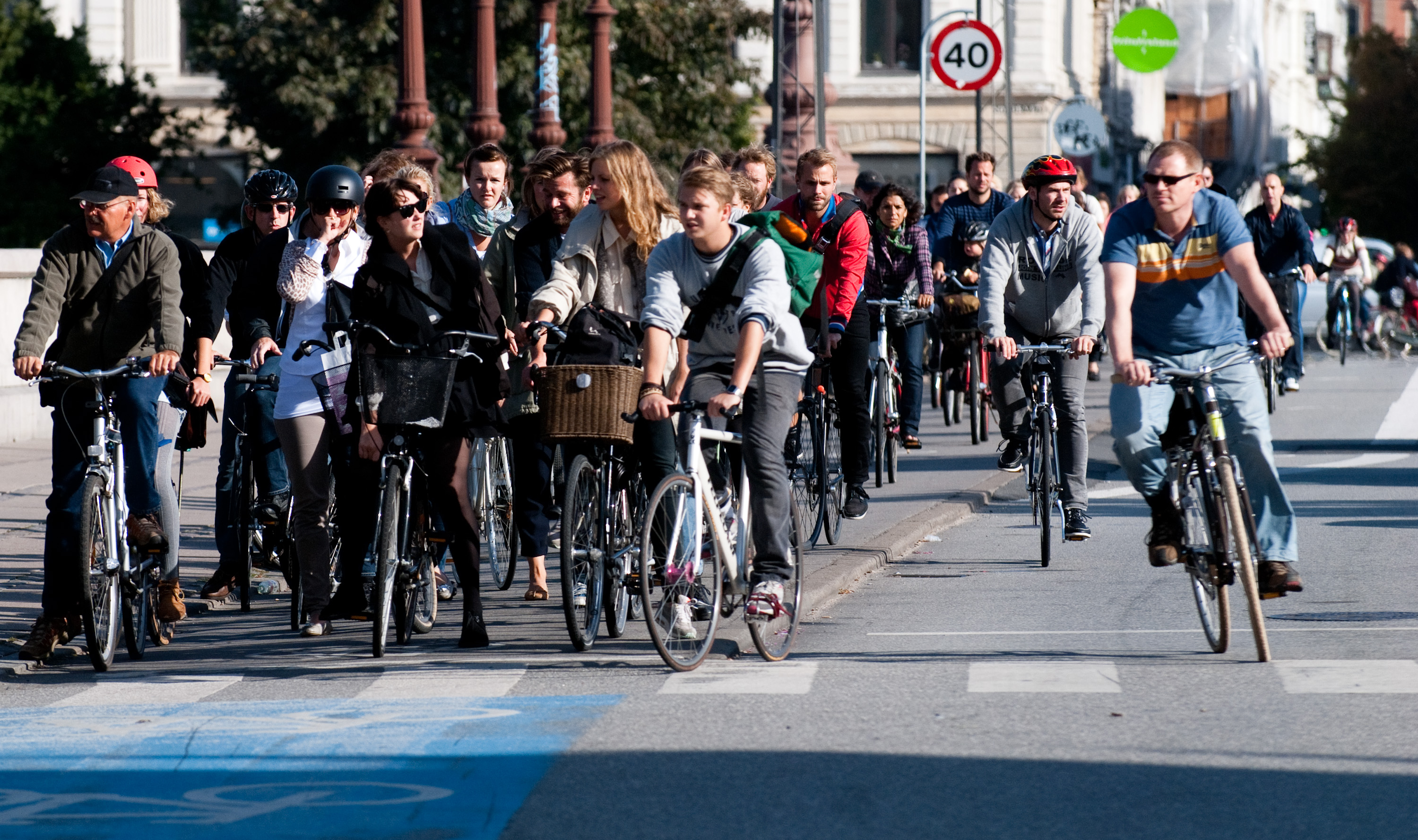Livability, global cities and Jan Gehl
I've mentioned Jan Gehl over the years. He is one of the world's foremost proponents of livability planning While he's an architect, much of what he and his firm do is master planning, focusing on realizing a city's potential for walking and biking.
Apparently, he spoke earlier in the week in Toronto, so Toronto Star urban design columnist Christopher Hume wrote a piece, "Jan Gehl on making Toronto liveable."
From the article:
Imagine living in a city where pedestrians and cyclists were a priority, where quality of life mattered as much as transit, taxes or economic performance.I have suggested that city livability rankings and working to achieve a listing can be a good way for cities to refocus some of their energies on metrics that make a difference in the quality of life for residents. I believe that the Economist Intelligence Unit even has a program that it offers that explains their ranking criteria and how cities are measured.
In some cities — including many where Jan Gehl has wrought his transformational magic — that’s simply the way it is.
The celebrated Danish architect and public space guru returned to Toronto this week for a series of talks about how to remake cities, including this one, so they can be enjoyed, not just endured.
Turns out — little surprise here — it’s all about data and political will. During the course of his 50-year career, Gehl has made cities from Copenhagen (where he lives) to Melbourne, New York and Christchurch the envy of urban dwellers everywhere.
I think of cities like Copenhagen, Amsterdam, and Portland a lot in terms of sustainable transportation achievement, how its done--starting with a "big" vision and followed by a multi-decade commitment and constant assessment and improvement.
When people say to a planner "why can't we be like Portland?" it can be paralyzing, because the person asking the question doesn't realize that Portland of today is the result of more than 40 years of decision-making, policy, and practice, that started off with a contrary vision of tearing down a freeway along the city's waterfront.
(Lots of people) Cycling in Copenhagen. Wikipedia photo.
Jan Gehl's efforts in Copenhagen started in 1962 and are ongoing even today, and now the city has 55% of its residents biking daily. From the article:
According to Gehl, the city saves 25 cents for every kilometre a cyclist rides, and loses 17 cents for every kilometre travelled by car.I think that cost/kilometre number for different types of mobility is an interesting metric that needs to be more widely communicated and understood. Imagine including such information in a city's transportation plan!
“When Copenhagen started to pedestrianize its main street in 1962, everyone was exceedingly nervous,” Gehl recalls. “I remember the acidic debate about getting rid of cars. But it worked out beautifully. We narrowed the streets from four lanes to two, added bike lanes and planted trees. Today the city is more beautiful and much safer.”
Labels: change-innovation-transformation, civic assets, global cities, livability, public realm framework, urban design/placemaking





1 Comments:
amazing web site good article
Post a Comment
<< Home